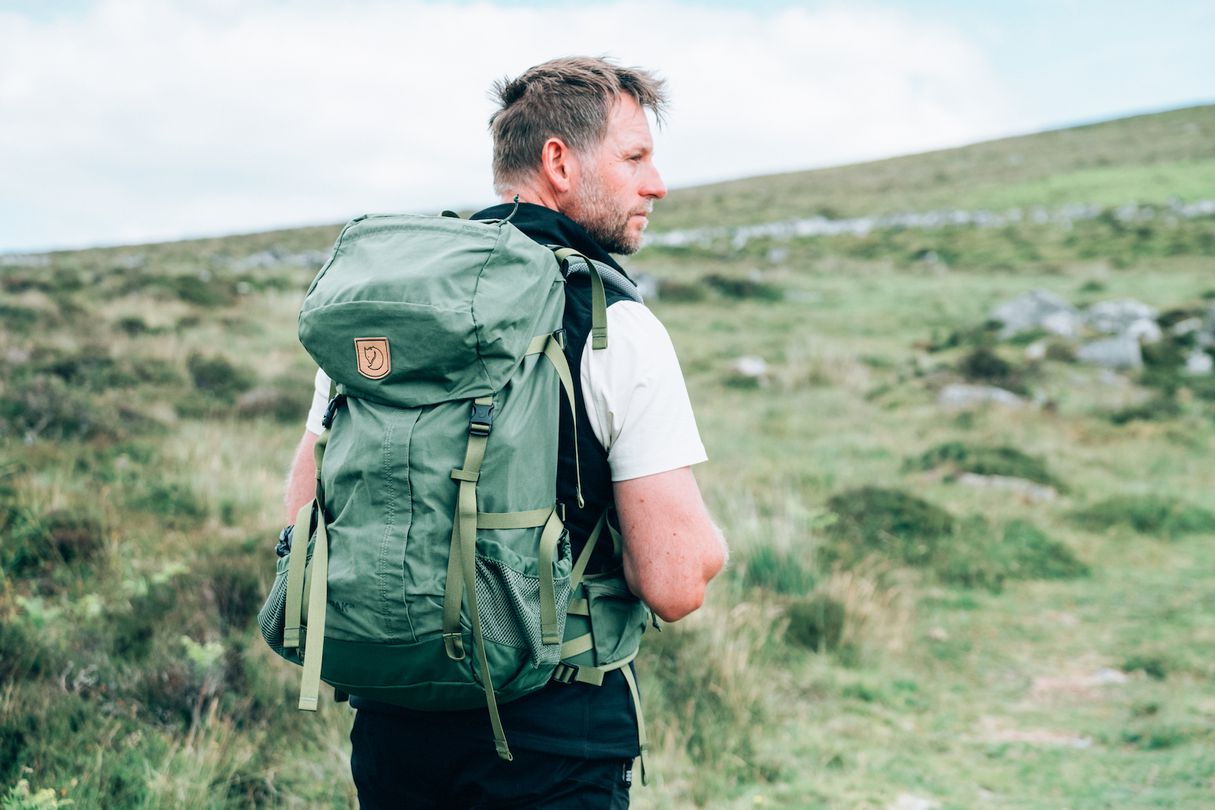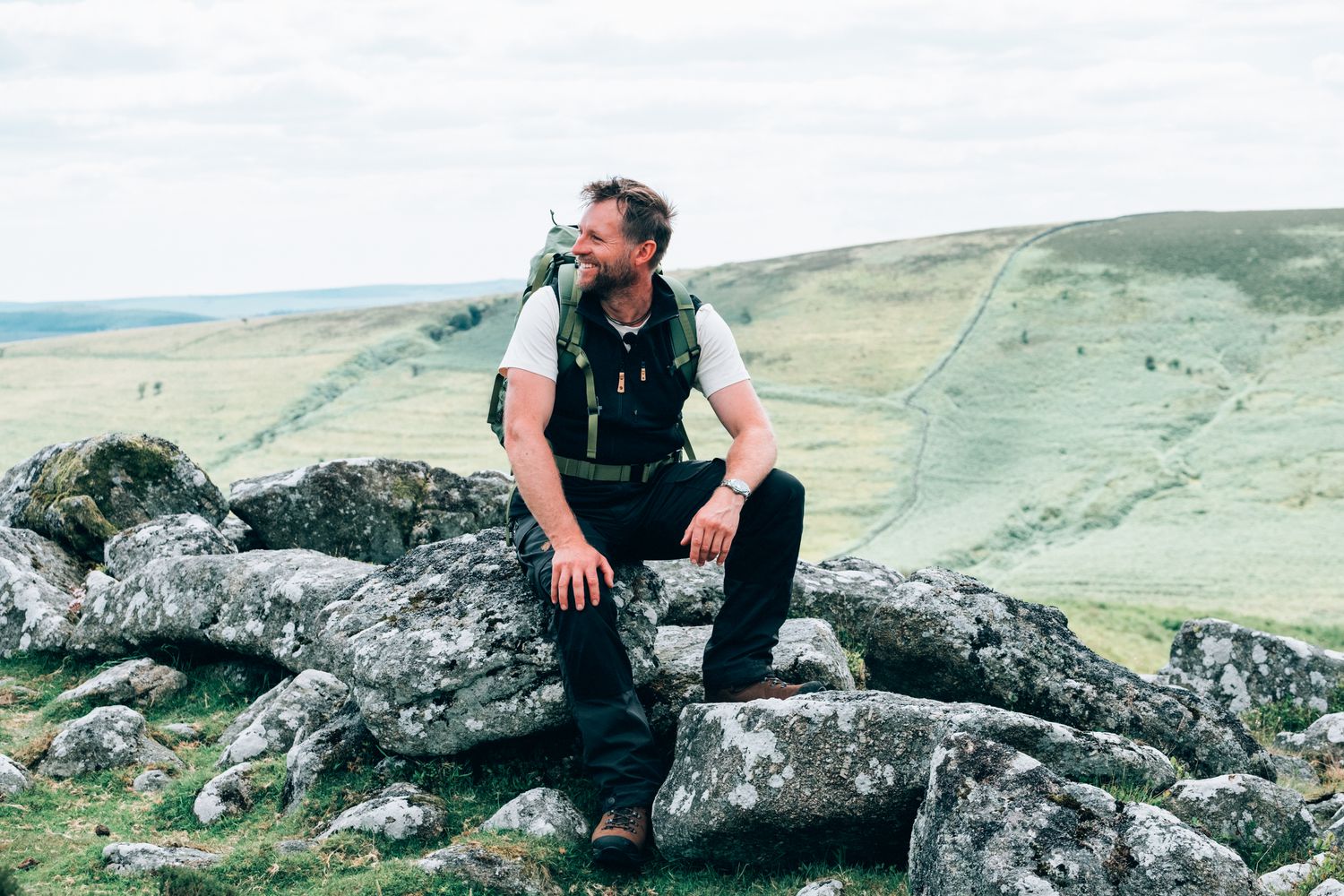
With the rise of social media, particularly Instagram, more of us than ever before are venturing into the UK’s wild spaces to seek out certain trails or viewpoints. While everyone will agree that greater interest in the outdoors is a good thing, it’s hard to ignore some of the issues that are coming about as a direct result. Ironically, it’s on social media that we tend to spot them as well; that retweeted image showing piles of rubbish on a summit for instance, hillsides trampled by countless footprints or huge fire rings staining a beauty spot.
Teaming up with Fjällräven, a brand that have always had sustainable enjoyment of the outdoors at the heart of what they do, we’ve launched a new campaign to spread awareness of the ways we can all carry on exploring our wild spaces without damaging them for future generations.
We’ve produced a two-part series highlighting useful approaches that can often be overlooked. First up, is our advice for leaving no trace while out on the trail. In part two, we’ll be looking at minimisation while camping.
Watch: How To Leave No Trace While Hiking
We sent bushcraft and sustainable living expert Andrew Price out on a walk across Dartmoor and asked him to show the different techniques he has for making sure he sticks to the principles of Leave No Trace along the way.
What Is Leave No Trace?
Leave No Trace is a universal set of ethics to guide those venturing into the outdoors. It consists of seven principles:
- Plan ahead and prepare.
- Travel and camp on durable surfaces
- Dispose of waste properly
- Leave what you find
- Minimise campfire impacts (be careful with fire)
- Respect wildlife
- Be considerate of other visitors.
Here are some of the lessons from Andrew’s walk across Dartmoor…
Clean Your Boots
Ever thought about cleaning your walking boots before venturing out? Give your lugs a scrub to clear out any trapped dirt. It’s a very helpful way to prevent or slow down the spread of plant and animal diseases throughout the country.

